Invisalign is a clear aligner system that is used to straighten teeth. It is a popular alternative to traditional braces, as it is less noticeable and more comfortable to wear.
Invisalign aligners are made of a thin, flexible material that is custom-molded to fit your teeth. They are worn for 20-22 hours per day, and are changed every two weeks. As you wear the aligners, they gently move your teeth into their correct positions.
Invisalign is a good option for adults and teens who want to straighten their teeth without the visibility of traditional braces. It is also a good option for people who have mild to moderate crowding or spacing issues.
Benefits of invisalign:
Here are some of the benefits of Invisalign:

Virtually invisible: Invisalign aligners are made of a clear, plastic material that is practically invisible when worn. This is a major advantage over traditional metal braces, which can be quite noticeable and even embarrassing for some people.
Comfortable to wear: Invisalign aligners are smooth and fit snugly over your teeth, without causing any irritation to your gums or cheeks. Unlike traditional braces, which can rub and poke, Invisalign is gentle and comfortable to wear.
Effective treatment: Invisalign has been clinically proven to be an effective treatment for mild to moderate teeth misalignment. In most cases, people see noticeable results within 6-12 months of treatment.
Convenient and flexible: Invisalign aligners are removable, which means you can take them out for eating, drinking, brushing, and flossing. This makes it much easier to maintain good oral hygiene during treatment. You can also remove them for special occasions, such as weddings or job interviews.
Fewer office visits: Compared to traditional braces, Invisalign typically requires fewer office visits. This is because the aligners are designed to be changed every two weeks, so you don’t need to see your dentist as often for adjustments.
Improved oral health: Straight teeth are not only more aesthetically pleasing, but they are also easier to keep clean. This can help to improve your overall oral health and reduce your risk of developing gum disease, cavities, and other dental problems.
Boosted confidence: Having a straight, confident smile can do wonders for your self-esteem. Invisalign can help you achieve the smile you’ve always dreamed of, giving you a newfound confidence that will show in everything you do.
Here are some additional benefits of Invisalign that you may not have considered:

- No dietary restrictions: With Invisalign, you can eat and drink whatever you want, without having to worry about damaging your aligners.
- Reduced risk of tooth damage: Traditional braces can sometimes damage your teeth, especially if you eat hard or sticky foods. Invisalign is much gentler on your teeth and is less likely to cause any damage.
- Improved speech: Some people find that their speech is slightly impaired when they wear traditional braces. This is not the case with Invisalign, so you can speak freely and confidently.
Overall, Invisalign is a safe, effective, and convenient way to straighten your teeth. If you are considering orthodontic treatment, I highly recommend talking to your dentist about Invisalign to see if it is right for you.
Procedure of invisalign:
The Invisalign procedure typically involves six main stages:
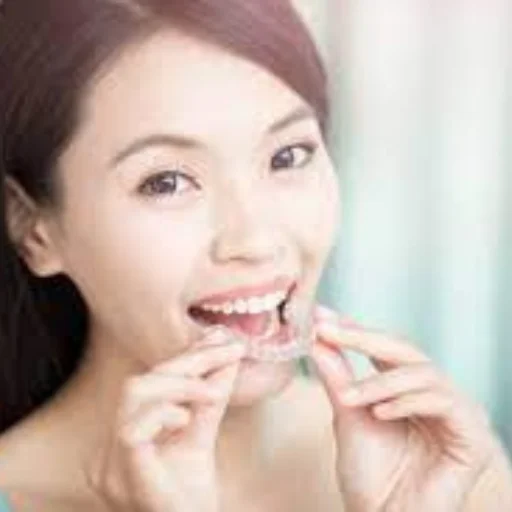
1. Consultation and Examination:
- You’ll visit an orthodontist or dentist experienced in Invisalign treatment.
- They’ll discuss your goals, examine your teeth and bite, and take X-rays and digital scans.
- Based on your situation, they’ll determine if Invisalign is a suitable option for you.
2. Treatment Planning:
- If Invisalign is right for you, your dentist will create a personalized treatment plan using the digital scans.
- This plan will map out the desired movements of your teeth throughout the treatment.
- You’ll also get an estimated timeline for your treatment duration.
3. Aligner Fabrication:

- Using the treatment plan, Invisalign labs will create a series of custom-made clear aligners.
- Each aligner is slightly different, designed to gradually move your teeth towards their final positions.
- You’ll typically receive several sets of aligners at once, so you can switch them out yourself at recommended intervals.
4. Wearing the Aligners:
- This is the most crucial stage of the procedure. You’ll need to wear your aligners for 20-22 hours per day, removing them only for eating, drinking, brushing, and flossing.
- It’s important to follow the recommended wear schedule diligently for optimal results.
5. Monitoring and Adjustments:
- You’ll visit your dentist every 4-6 weeks for checkups.
- They’ll monitor your progress, ensure proper aligner fit, and make any necessary adjustments to your treatment plan if needed.
- Sometimes additional aligners may be required if teeth aren’t moving as expected.
6. Retention and Refinement:
- Once you’ve completed your aligner series and achieved your desired smile, you’ll need to wear a retainer to prevent your teeth from shifting back.
- In some cases, minor refinements using additional aligners may be needed to address any small remaining adjustments.
Additional Notes:
- The entire Invisalign procedure can take anywhere from 6 months to 2 years, depending on the complexity of your case.
- The overall cost of Invisalign varies depending on factors like your location, dentist, and treatment complexity.
- Invisalign is generally considered safe and comfortable, but some mild discomfort during aligner changes and occasional speech impediments are possible.
Risk and complications of invisalign:
Invisalign offers a discreet and comfortable alternative to traditional braces, but like any medical or dental procedure, it comes with potential risks and complications. Here’s a breakdown of what to consider:

Mild and Common Risks of invisalign:
- Discomfort: As your teeth move, you might experience temporary mild discomfort, especially with each new aligner set. This is usually manageable with over-the-counter pain relievers.
- Speech Impediment: Slight lisping or altered speech is common initially but tends to fade quickly as you adjust to the aligners.
- Gum and Mouth Sores: Friction from the aligners can irritate your gums and cheeks, leading to small sores. Good oral hygiene and using orthodontic wax can help alleviate this.
- Increased Saliva Production: Some people experience increased salivation when wearing aligners, but it usually subsides within a few weeks.
Less Common, but More Serious Complications:
- Allergic Reactions: Although rare, some individuals might be allergic to the materials used in the aligners, causing redness, swelling, and discomfort.
- Cavities and Gum Disease: Poor oral hygiene while wearing aligners can trap food particles and bacteria, increasing the risk of cavities and gum disease. Consistent brushing, flossing, and aligner cleaning are crucial to prevent this.
- Tooth Resorption: In rare cases, prolonged pressure from aligners can lead to slight root resorption (bone loss around the tooth root). Regular monitoring by your dentist can help mitigate this risk.
- TMJ Problems: Pre-existing temporomandibular joint (TMJ) issues might be exacerbated by Invisalign, causing jaw pain, headaches, and clicking sounds. Your dentist will assess your TMJ health before treatment and adjust if necessary.
- Unsuccessful Treatment: If you don’t wear your aligners diligently or if your case is too complex, your treatment might not achieve the desired results.
Minimizing Risks of invisalign:

- Choose an experienced dentist: Ensure your dentist is qualified and experienced in Invisalign treatment.
- Maintain good oral hygiene: Brush, floss, and clean your aligners regularly to prevent cavities and gum disease.
- Follow instructions: Wear your aligners for the recommended time and attend all scheduled appointments.
- Communicate with your dentist: Report any discomfort, pain, or other concerns promptly.
By understanding the potential risks and complications of Invisalign and taking precautions, you can ensure a safe and successful treatment journey towards a straighter smile.
Remember, the decision of whether Invisalign is right for you should be made in consultation with your dentist after a thorough assessment of your individual needs and dental health.
Conclusion:
Invisalign offers a discreet, comfortable way to straighten teeth, with clear aligners practically invisible and more gentle than traditional braces. Though minor discomfort and diligent wear are required, it boasts faster treatment times, fewer dietary restrictions, and potentially improved oral health. Overall, Invisalign is a safe and effective option for many seeking a confidently straight smile, but consider potential risks and discuss with your dentist for a personalized assessment.
Derma and Dental Clinic:
Derma & Dental Clinic stands out with its team of experienced doctors backed by scientific evidence in their chosen fields. Their diverse range of medical-grade procedures offer tailored solutions for various skin and dental needs. You can confidently book your consultation online or by phone and embark on your journey towards healthier skin and a radiant smile.
Location: Bahria Town, Lahore
Specialties: Dermatology and Dental Care
Website: Derma.pk
For Consultation:
- Online at Dermatology.pk
- WhatsApp: +923205999650
- Phone: 03041115000
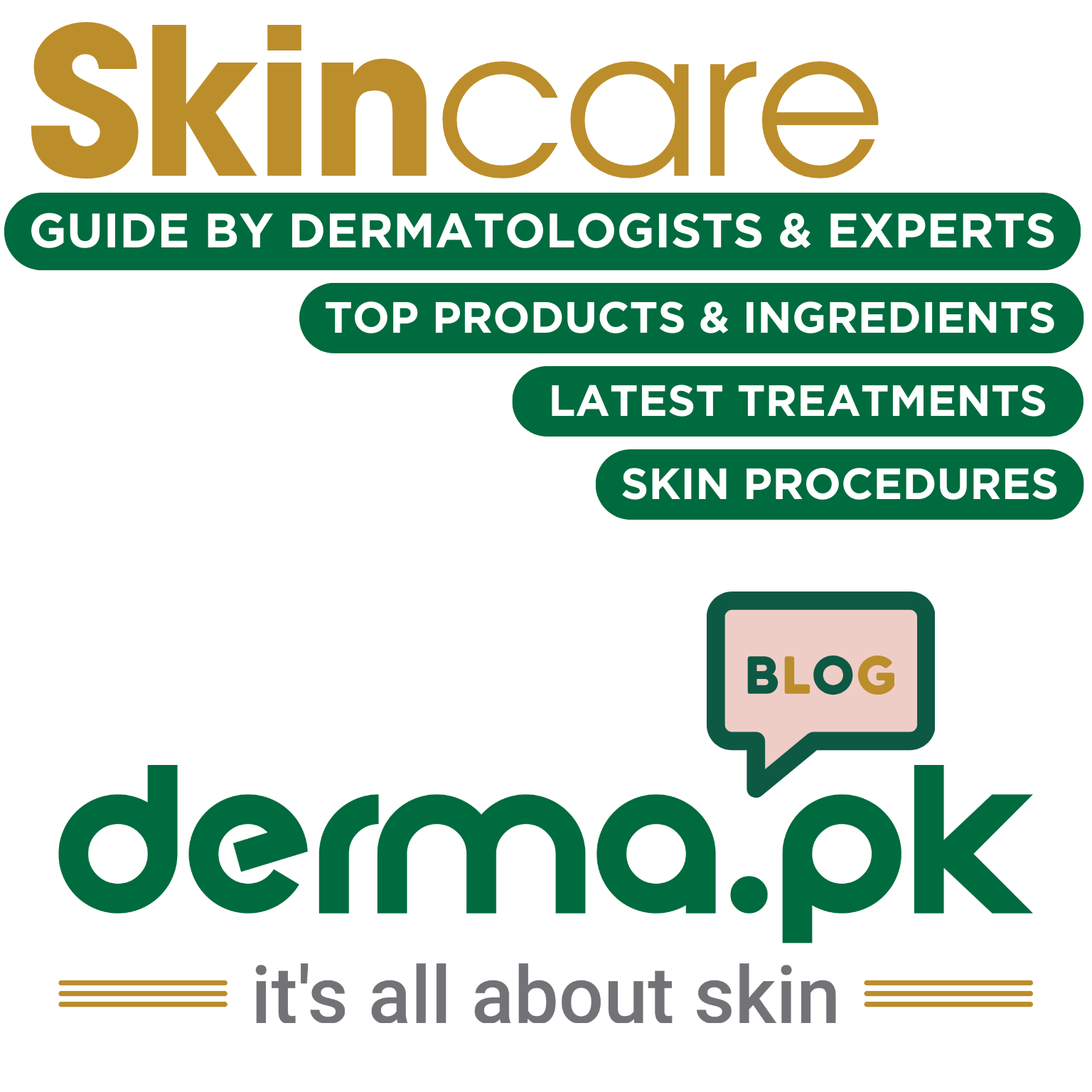
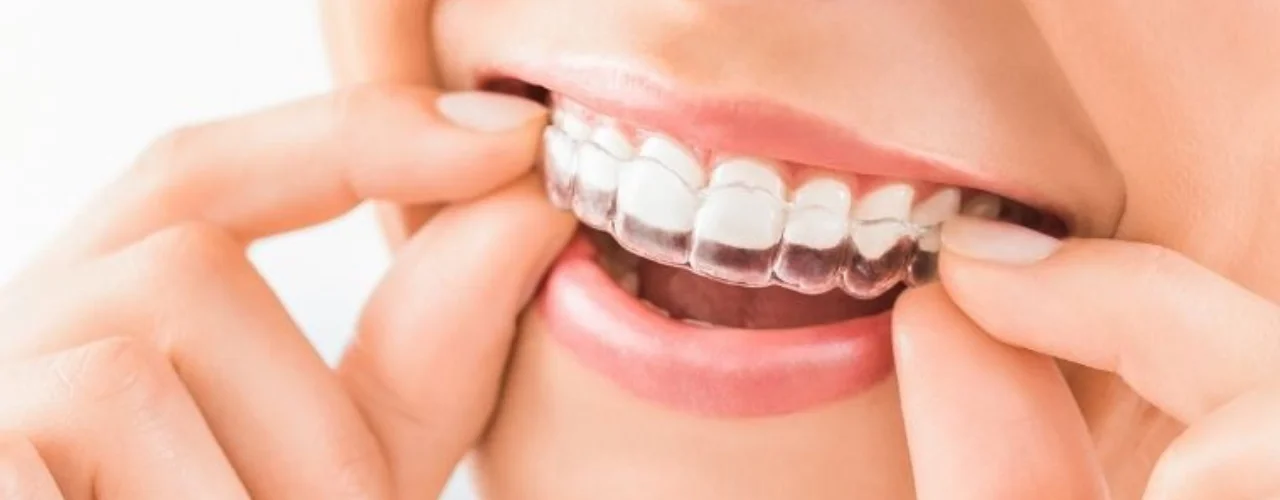



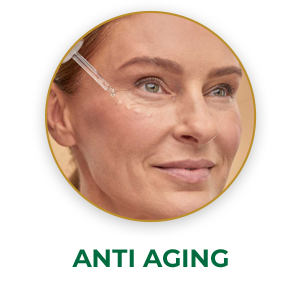




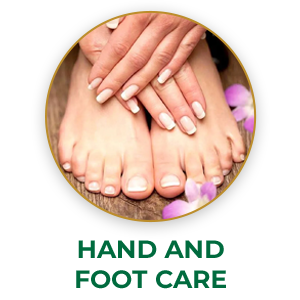



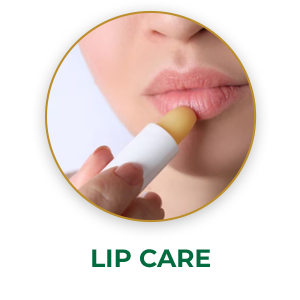





[…] Invisible Revolution: How Invisalign Is Changing the Orthodontic Game Stainproof, Radiant, Confident: Achieve All with Dental Veneers Brighter Side of Dentistry: Comprehensive Guide to Teeth Whitening […]
[…] Invisible Revolution: How Invisalign Is Changing the Orthodontic Game Stainproof, Radiant, Confident: Achieve All with Dental Veneers The Benefits of Dental Bonding for Oral Health […]
[…] Invisible Revolution: How Invisalign Is Changing the Orthodontic Game Stainproof, Radiant, Confident: Achieve All with Dental Veneers The Benefits of Dental Bonding for Oral Health […]